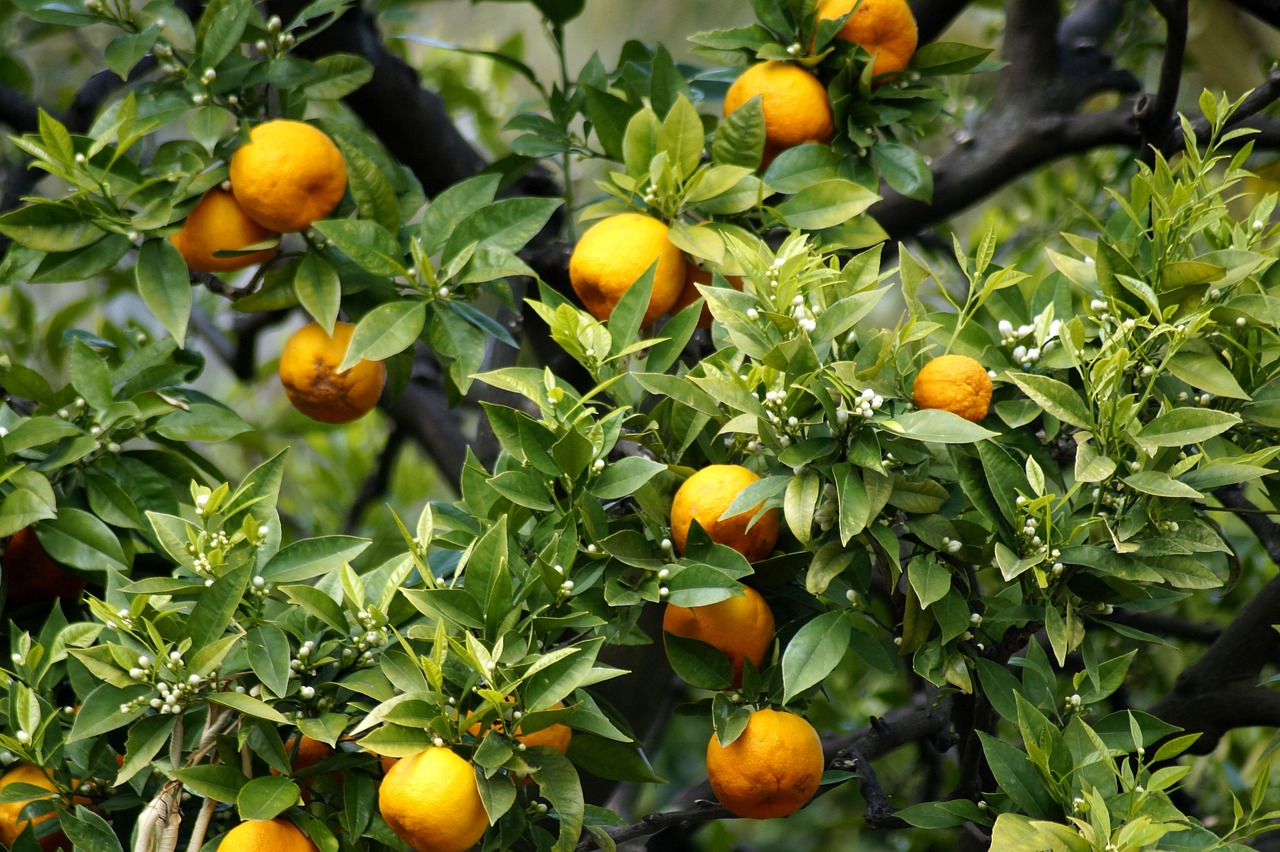
Find information for reducing citrus canker fruit drop in your Florida citrus grove this Spring.
Reducing citrus canker fruit drop should be on every Florida citrus grower’s To-Do List right now, according to a UF/IFAS Tip of the Week article. The article maintains that “Citrus canker can contribute significantly to the loss of fruit prior to harvest,” and that “Citrus canker susceptibility of young fruitlets usually starts at the end of March or the beginning of April. The exact timing is dependent on fruitlet size in a particular year.“ Explore expert advice for combating fruit drop from citrus canker in your groves below.
Info for Reducing Citrus Canker Fruit Drop
The article shared the following information on reducing citrus canker fruit drop:
- “Oranges are most susceptible when the fruitlets are between 0.25 to 1.25 inches in diameter. Grapefruit are most at risk when fruit are 0.5 to 1.5 inches.”
- “Prioritize early-season canker management when planning a limited number of applications. The lesions on fruit from early-season infections tend to grow large. These lesions stimulate ethylene production which loosens the fruit, leading to drop.”
- “Early oranges are more susceptible in Florida than late-season oranges. Navels and lemons are also susceptible. Grapefruit are extremely susceptible and can serve as inoculum sources if not well managed. There is less information on some of the newer cultivars, but OLL-8 can be badly affected.”
- “Copper is still the most effective and economical canker management product, particularly for suppressing fruit lesions. Unless you are using the Citrus Copper Application Scheduler, the 21-day interval is the best balance between enough copper to be an effective barrier and intervals between applications. Copper does not redistribute on the plant surfaces, so it needs replenishment as it decays from rainfall and fruit growth. Stretching intervals to 28 days leads to inadequate protection and increased disease incidence and severity.”
- “Depending on the application timing, copper can help manage other foliar diseases like melanose and greasy spot. Copper rates as low as 0.5 pounds of metallic copper/acre can be used, but if planning to manage fungal diseases with the same application, higher rates will be required.”
- “In many Florida Valencia blocks, three springtime applications should be adequate to keep the fruit from dropping. On the more susceptible early oranges, applications are recommended until late June or early July. If you plan to market fresh fruit, applications may be required until October to keep the fruit blemish-free.”
- “Particularly in fresh fruit production, keep leaf lesions to a minimum. They provide inoculum that affects fruit. Copper is not an effective treatment for leaf lesions because of the frequent new growth and rapid expansion that outgrows the coverage. However, acibenzolar-S-methyl (Actigard) reduces leaf lesions by activating the systemic acquired resistance in plants. A second product, Aura Citrus, is also a good alternative for foliar canker.”
Griffin Fertilizer is committed to helping both growers and ranchers make sound agronomic and economic decisions in order to maximize the health of their grove and pasture. As a full-service custom dry & liquid fertilizer blender and crop protection product distributor, we will continue our mission to further advance Florida agriculture. For questions -or concerns about your farm or pasture, contact us and one of our team will be in touch.